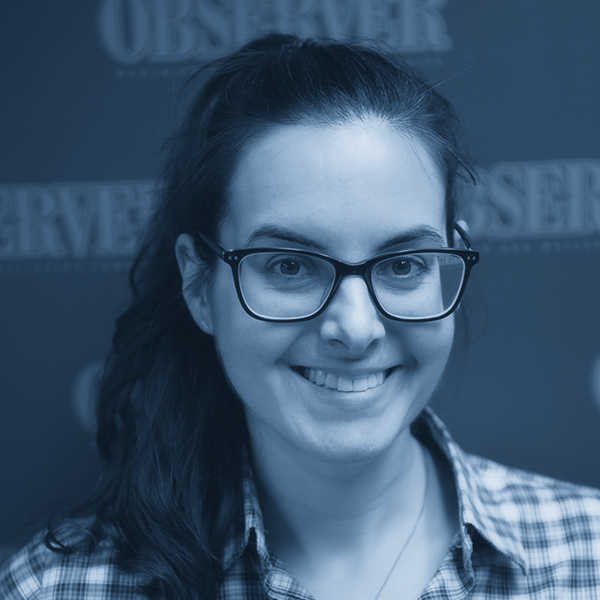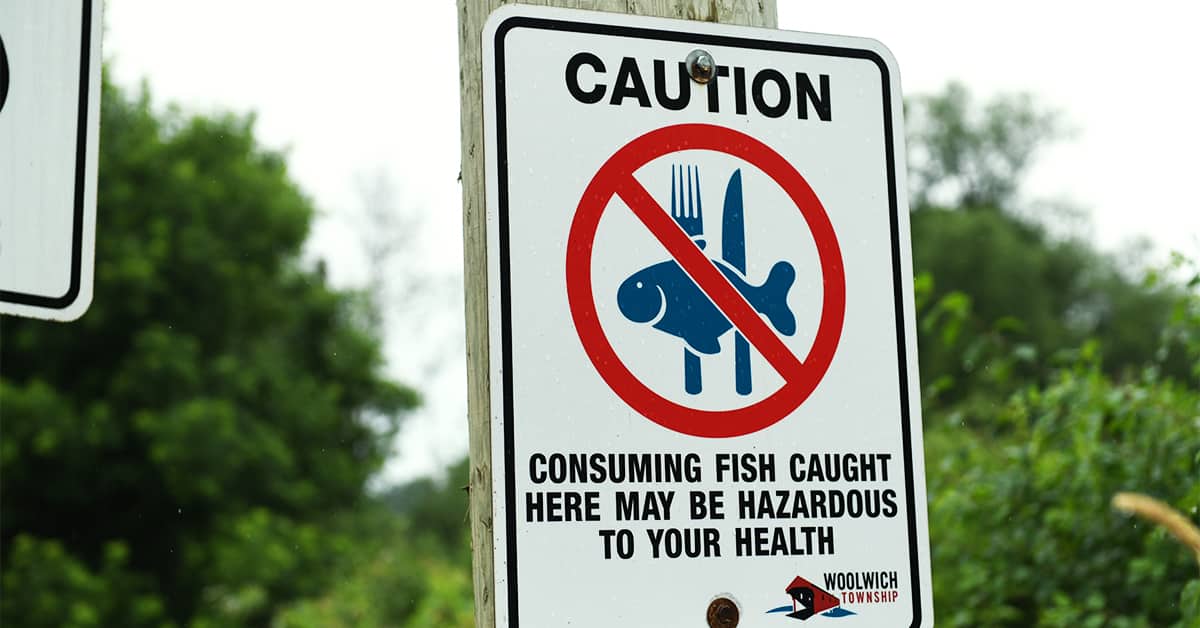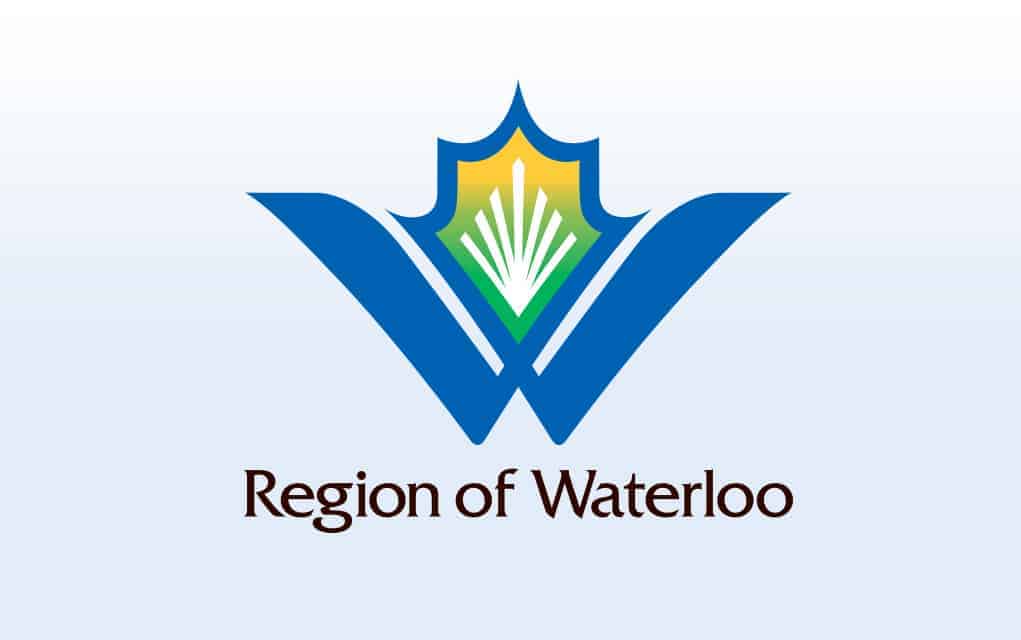A local researcher is finding new ways to assess risk when it comes to environmental hazards for Indigenous groups. She is asking how we can ensure such peoples are accurately represented and involved when decisions about industrial development are being made.
Diana Lewis, an associate professor in geography, environment and geomatics at the University of Guelph, is also a Canada research chair in Indigenous environmental health governance. She is planning to work with Indigenous people across Canada, including nearby Oneida Nation of the Thames, to continue learning about how to conduct risk assessment processes that are more appropriate for Indigenous groups.
What is environmental risk assessment?
According to the Ontario Ministry of Environment website, “the environmental assessments process ensures that governments and public bodies consider potential environmental effects before an infrastructure project begins.”
Risk Assessment policy guides what kind of risk is considered acceptable to humans and the environment when environmental damage is being planned, or is being cleaned up after. Risk assessment policy determines which factors matter, how much damage to each of these factors is acceptable, and how the damage is measured.
For example, Lanxess Canada in Elmira is in the middle of designing the risk assessment for the Canagagigue Creek watershed. Previous successive owners of the Lanxess property dumped toxic waste on the property and in the creek for decades.
To create the risk assessment documents, Lanxess staff and hired consultants are measuring the damage done to various aspects of the environment such as measuring the levels of particular dangerous chemicals present in water, sediment, soil, insects or wildlife, and comparing this with the established acceptable levels for these chemicals in these particular aspects of the environment as determined by the provincial government.
The assessment also includes estimating the probable current and future human exposure to the contaminated areas, how much chemical this means these people would probably be exposed to, and determining if this level is acceptable. Once the risk assessment documents are completed, they will guide how much and in what way the company is expected to clean the creek and the surrounding watershed.
Tiffany Svensson is chair of Woolwich’s Technical Advisory Group, which monitors and provides input in Lanxess’s risk assessment process on behalf of residents. The group wanted to ensure the unique reliance of nearby Old Order Mennonites on the food and animals derived directly from their land in the Canagagigue watershed was accurately represented, rather than use numbers assumed for average Canadian usage.
“The special considerations for the Mennonite users (receptors) of the watershed is something TAG worked hard to incorporate into the risk assessment because of the unique lifestyle of that area’s specific residents,” said Svensson.
“For example, the Mennonite community within the study area typically consume food raised and grown on the land where they live more consistently than other rural residents (farmers) in other parts of the province. So, a closer examination of potential pathways through food raised on the land was needed.
“While it did require some additional effort to differentiate this group as unique, the risk assessment does now reflect that unique consideration,” she said.
For Lewis, when Indigenous groups are involved, the process does not typically account for Indigenous connection and interaction with the environment.
“It’s hard for non-Indigenous people, I think, to understand how deeply connected Indigenous people are to the trees, the fish in the stream, the sky. But in an Indigenous worldview, we have obligations and responsibilities to protect all these things. When development happens, you can’t fulfill those obligations and responsibilities, so there are consequences to that. The research that I do is to measure those consequences,” said Lewis.
For her master’s degree, Lewis conducted research in Pictou Landing in Nova Scotia, where, for decades, a pulp and paper mill daily dumped large amounts of effluent into a culturally significant lake. Though the risk assessment process indicated the environmental and health risk imposed by the effluent was acceptable, the loss of their lake created health and wellbeing concerns for the Mi’kmaw people.
“They would talk about how beautiful this body of water was, and how beautiful the surrounding area was and how they collected medicines and how they picked berries and how they collected shellfish or they fished in the waters. And you could see that it was this really wonderful recollection,” said Lewis.
“And then they would talk about when the effluent started to flow, and they would start to cry. So this is like 50 years later and they’re recalling going down to the water and watching the fish die. The fish are gasping for air and they’re just watching helplessly. No matter what elder shared this story with me, they had this really deep traumatic recollection.”
Most investigation never studied the people and the impacts of the change on them, she added.
“Health Canada or the US Environmental Protection Agency have methodologies for assessing risk and these methodologies are based on the average person in the general population. The average man, the average woman, the average child, and it’s based on a Western science methodology that doesn’t value or measure intangible attachment that Indigenous people have.
“Let me give you an example. [A study] will measure people’s exposure to air, but it won’t measure people’s exposure to air during ceremonial events like a sweat. Or it’ll measure exposure in fish based on the average consumption rate, but it doesn’t take into consideration consumption rates of populations that have spiritual or ceremonial connections to fish [and so consume a higher amount than the average person in the population].”
Lewis’ methodology for a new way to assess environmental risk in these communities includes measuring their ability to pursue traditional activities and how they are disrupted.
“When I did an environmental health survey with the Pictou Landing group, we asked the question, ‘are you afraid of the air, land and water around you?’ And Indigenous people have special relationships with the air, land and water around them, and if you’re afraid of that, what does that do to your health? And so we measured physical, mental, emotional and spiritual health and did a quantitative analysis.”
Svensson agrees that people need to be accurately represented in risk assessments, adding that can be achieved in current risk assessment methods, but that it takes more work.
“I believe the Western risk assessment method allows for [unique populations to be represented] but it does require people who understand the uniqueness of the people group (receptor) to contribute in the review process.”
Lewis has received funding to take the approach she developed in Pictou Landing and see how it works in other contexts. Among the various Indigenous communities she will be working with across the country are included the Oneida Nation of the Thames, an hour and a half south of Elmira. This community has a landfill for the city of Toronto next to them, a site that receives hundreds of thousands of tonnes of solid waste annually.
Lewis says her work is still in the beginning stages, with initial meetings with some of the Indigenous groups already underway.









